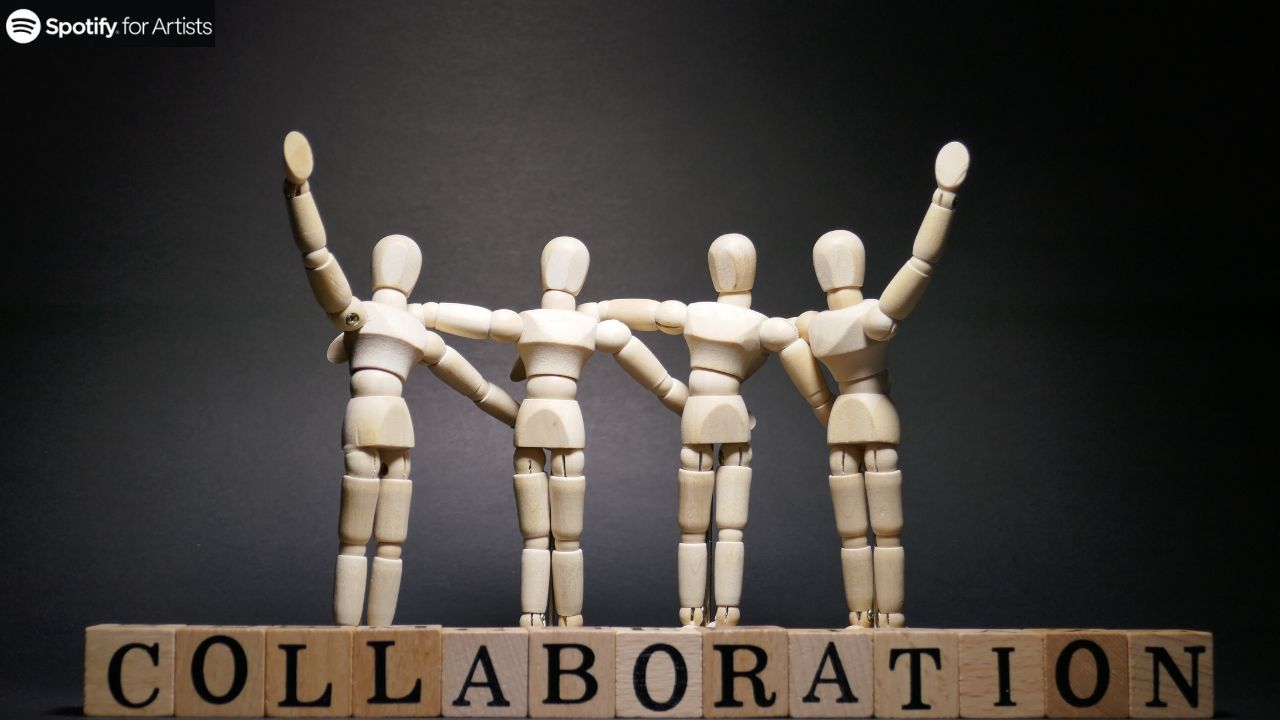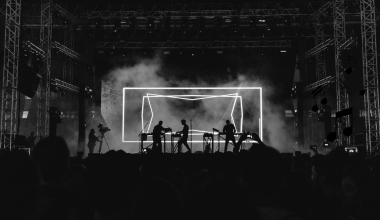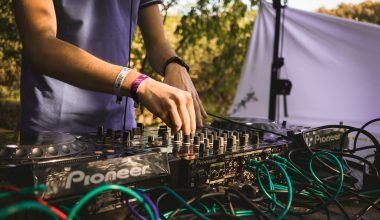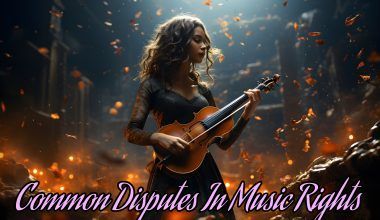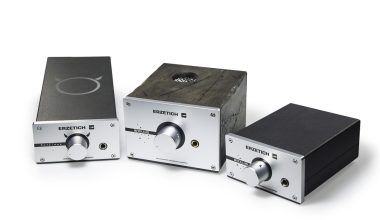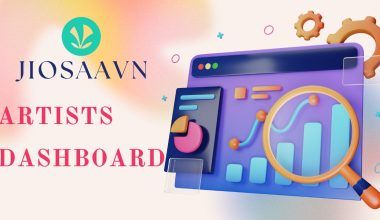Collaboration with other artists on Spotify is an excellent way to grow your audience, create new and exciting music, and enhance your presence on the platform. When you collaborate with musicians on Spotify, you not only bring together different musical styles and ideas but also combine fan bases, which can lead to a significant boost in streams and followers. This blog will guide you through the process of working with other artists on Spotify, highlighting the benefits, strategies, and best practices for successful collaborations.
Benefits of Collaboration with Other Artists on Spotify
Expanded Audience Reach
One of the primary benefits of collaboration with other artists on Spotify is the potential to reach a broader audience. When two or more artists collaborate, they bring their individual fan bases together, which can result in a larger combined audience. This exposure can lead to increased streams, followers, and overall visibility on the platform.
Creative Growth
Collaborating with other musicians on Spotify can inspire creative growth. By working with artists on Spotify who have different styles, techniques, and perspectives, you can explore new musical directions and ideas. This can help you evolve as an artist and create unique and innovative music.
Networking Opportunities
Collaboration with other artists on Spotify can open up networking opportunities within the music industry. By building relationships with other musicians, producers, and industry professionals, you can gain valuable connections that can help advance your career.
Increased Algorithmic Plays
Spotify’s algorithm favors collaborative tracks. When you collaborate with musicians on Spotify, the platform is likely to promote your music to listeners who follow or have shown interest in both artists. This can lead to increased placements in playlists and more algorithmic plays.
Finding the Right Collaborators
Define Your Goals
Before you start looking for collaborators, it’s essential to define your goals. Are you looking to reach a new audience, explore a different genre, or simply experiment with new sounds? Understanding your objectives will help you identify the right artists to collaborate with.
Research Potential Collaborators
Look for artists whose music complements your style. Check out Spotify’s recommendations, explore playlists, and use social media to discover potential collaborators. Listen to their music, follow their social media profiles, and engage with their content to understand their style and personality better.
Utilize Spotify for Artists
Spotify for Artists provides valuable insights and tools that can help you find the right collaborators. You can see which artists your listeners also follow, identify trending artists in your genre, and use the platform’s data to make informed decisions about potential collaborations.
Explore Online Communities
Apart from Spotify, explore online communities and forums dedicated to music collaboration. Websites like SoundBetter, Kompoz, and ProCollabs can help you connect with other musicians looking to collaborate. These platforms offer a space where you can find like-minded artists, discuss potential projects, and even share work-in-progress tracks to gauge interest and compatibility.
Approaching Potential Collaborators
Build a Relationship
Before reaching out for a collaboration, it’s crucial to build a relationship with the artist. Engage with their music and social media content, attend their shows, and show genuine interest in their work. Building a rapport can make your collaboration request more appealing and authentic.
Craft a Personalized Message
When you’re ready to approach a potential collaborator, craft a personalized message that highlights why you admire their work and how a collaboration could be mutually beneficial. Be clear about your vision for the collaboration and any specific ideas you have in mind.
Offer Value
Consider what you can offer to the collaboration. This could be your unique musical style, production skills, or your audience. Demonstrating the value you bring to the table can make your proposal more attractive to potential collaborators.
Follow Up
If you don’t receive a response right away, don’t be discouraged. Follow up with a polite message after a week or two. Persistence shows your genuine interest in the collaboration, but be respectful of the artist’s time and other commitments.
Planning and Executing the Collaboration
Set Clear Expectations
Once both parties agree to collaborate with musicians on Spotify, it’s essential to set clear expectations regarding the project’s goals, timeline, and responsibilities. Discuss and agree on the creative direction, recording process, and promotional strategies to ensure everyone is on the same page.
Use Collaboration Tools
Leverage collaboration tools to streamline the process. Platforms like Splice, Google Drive, and Dropbox can facilitate file sharing and project management. Communication tools like Zoom or Slack can help maintain regular contact and keep the project on track.
Record and Produce the Track
When it comes to recording and producing the track, decide whether you will work together in person or remotely. If working remotely, ensure that both parties have the necessary recording equipment and software to maintain a consistent sound quality. Share stems and project files regularly to keep the production process smooth.
Promote the Collaboration
Promotion is key to a successful collaboration with other artists on Spotify. Plan a coordinated promotional strategy that includes social media campaigns, teaser content, and Spotify playlist pitches. Utilize each artist’s fan base and social media presence to maximize reach and engagement.
Release Strategy
Discuss and agree on a release strategy for the collaborative track. Decide on the release date, distribution channels, and any exclusive premieres or features. Coordinating a simultaneous release across all platforms can maximize the impact and visibility of your collaboration.
Best Practices for Successful Collaborations
Maintain Open Communication
Effective communication is crucial for successful collaborations. Maintain open and honest communication throughout the project to address any issues promptly and keep the collaboration on track.
Respect Each Other’s Creative Input
Collaboration with other artists on Spotify is a two-way street. Respect each other’s creative input and be open to new ideas and suggestions. This mutual respect will foster a positive working relationship and result in a better final product.
Ensure that all collaborators receive fair credit for their contributions. This includes proper attribution in the track credits, social media posts, and promotional materials. Sharing credit fairly helps build trust and encourages future collaborations.
Plan for Royalties and Revenue Sharing
Discuss and agree on how royalties and revenue will be shared before releasing the track. This includes streaming revenue, performance royalties, and any other income generated from the collaboration. Having a clear agreement in place can prevent potential conflicts down the line.
Legal Agreements
Consider drafting a legal agreement that outlines the terms of the collaboration. This can include details about ownership, rights, royalties, and responsibilities. A written agreement helps protect all parties involved and ensures clarity and fairness.
Leveraging Spotify Playlists for Collaboration
Submit to Curated Playlists
Submitting your collaborative track to Spotify’s curated playlists can significantly boost its visibility. Research relevant playlists, understand their submission guidelines, and craft a compelling pitch that highlights the unique aspects of your collaboration.
Create Collaborative Playlists
Create and promote collaborative playlists that feature music from both artists involved in the collaboration. This can introduce your music to new listeners and encourage cross-promotion between fan bases.
Engage with Playlist Curators
Engage with playlist curators on social media, attend industry events, and network within the music community. Building relationships with curators can increase your chances of getting your collaborative tracks featured on influential playlists.
Leverage User-Generated Playlists
User-generated playlists can also be a powerful tool for promoting collaborative tracks. Encourage your fans to create and share playlists that include your collaborative music. This grassroots promotion can lead to organic growth and increased streams.
Plan and execute joint social media campaigns to promote your collaboration with other artists on Spotify. Use platforms like Instagram, Twitter, Facebook, and TikTok to reach a wider audience. Coordinate posts, stories, and live sessions to create buzz around your release.
Release teaser content leading up to the official release. This can include snippets of the track, behind-the-scenes footage of the recording process, and interviews with the artists involved. Teaser content helps build anticipation and keeps your audience engaged.
Engaging Content
Create engaging content that showcases the collaboration. This can include lyric videos, visualizers, and music videos. Share this content across all social media platforms to maximize reach and engagement.
Conclusion
Collaboration with other artists on Spotify is a powerful strategy for growing your audience, exploring new creative directions, and enhancing your presence on the platform. By finding the right collaborators, building relationships, and executing well-planned collaborations, you can achieve significant success and take your music career to new heights. Embrace the collaborative spirit, respect each other’s creative input, and leverage Spotify’s tools and features to make the most of your collaborative efforts.
By consistently engaging in collaboration with other artists on Spotify, you not only expand your musical horizons but also build a network of creative professionals who can support and inspire you. This network can open doors to new opportunities, from live performances to potential record deals, as the music industry often values collaborative and versatile artists.
For further reading, explore these related articles:
- Do Artists Get Paid for Spotify Streams
- Understanding the Spotify Revenue Model for Artists
- How Spotify Works for Artists?
For additional resources on music marketing and distribution, visit Deliver My Tune.
